You can easily recognize a dish that uses turmeric. Have you ever been curious and asked, “What does turmeric taste like?“
Those familiar with turmeric would know how it bursts with the unique flavors of warm spices. Still, it’s not love at first taste for everyone.
Because of the complexity of its flavor, it might not be pleasant to the taste buds.
Turmeric is a common ingredient because it adds depth and nutritional value to a dish.
In this article, you will learn more about turmeric’s taste, how to use it in your dishes for the best flavors, and its many health benefits.

If a dish looks orange, you can bet there’s turmeric in it.
Turmeric is a rhizome, also known as a rootstalk, which is a horizontal underground plant that can produce shoot and root systems of a new plant.
Bamboo and ginger are some common examples of rhizomes.
The turmeric plant belongs to the ginger family, so it looks like fresh ginger with papery skin, knobby roots, and vibrant color, usually deep yellow or gold.
Inside, the flesh of turmeric is orange compared to the bright yellow of the dried one.
Turmeric is also sometimes called Indian saffron because of its color.
It’s a popular spice in many Indian dishes and a common ingredient in Indian curries.
Aside from Indian cuisine, it’s also a widely used spice in popular recipes in Southeast Asia, the Middle East, and South America.
You can buy it anywhere in dried and powdered form. You can also buy its raw and fresh roots for cooking and as a dietary supplement at any Asian or Indian health food stores.
Moreover, turmeric is rich in compounds that give it its distinctive flavor, color, and benefits.
Turmeric has a very earthy taste, so it’s no surprise that some people describe turmeric taste as something close to dirt.
While it may not make your mouth water, it gives you an idea of what to expect.
It’s probably more earthy than any spice you’ve ever tasted. That’s why you must be careful not to use it in large quantities because it can easily overpower all the tastes of your dish.
This distinct earthy flavor is present because of the soil that turmeric grows in.
Because turmeric is an underground stem, you can taste a peppery and warm undertone, adding flavor and zest.
There’s also a bitterness and astringency that’s not overpowering.
At the same time, it has a sweetness to it. Try to think of a ginger and mustard mix to picture better how turmeric tastes.
Since turmeric has a strong taste, use it with other spices with strong, earthy, warm notes like cinnamon, cumin, and ginger to bring out their flavors.
The sweetness of cinnamon also helps balance turmeric’s slightly bitter taste.
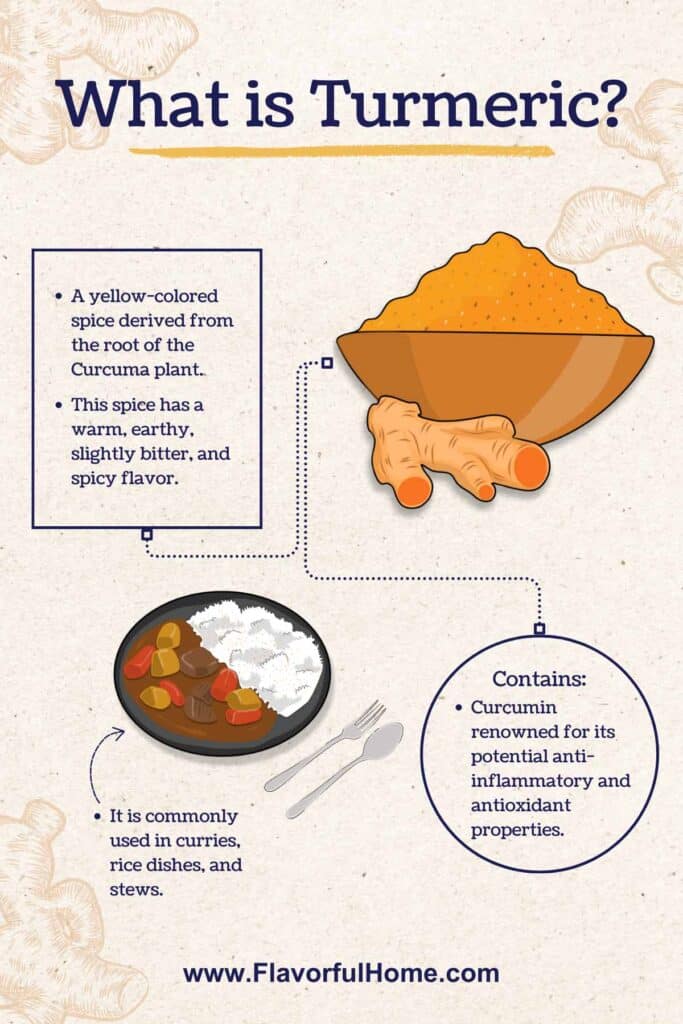
Studies suggest that curcumin, turmeric’s most active compound, provides many health benefits.
Aside from being a powerful spice, turmeric provides many potential health benefits, from boosting the immune system to improving digestive health or skin health.
Turmeric also has anti-inflammatory properties to help reduce pain. It’s also a rich source of antioxidants.
This is why it has been used in Ayurvedic and traditional Chinese medicine for centuries.
Because of the distinct flavor of turmeric, it’s an essential ingredient in the culinary world, particularly in various Indian dishes.
It plays a big role in giving Indian curries its distinct taste.
It’s a versatile ingredient that can transform your soups, stews, sauces, marinades, and more.
Here are some ways you can use turmeric in your cooking:
Aside from curry powder, turmeric adds color, aroma, depth, and flavor to Indian curries.
It’s also a major ingredient in Southeast Asian dishes. So make sure to add turmeric when making curries Thai or Malaysian-style.
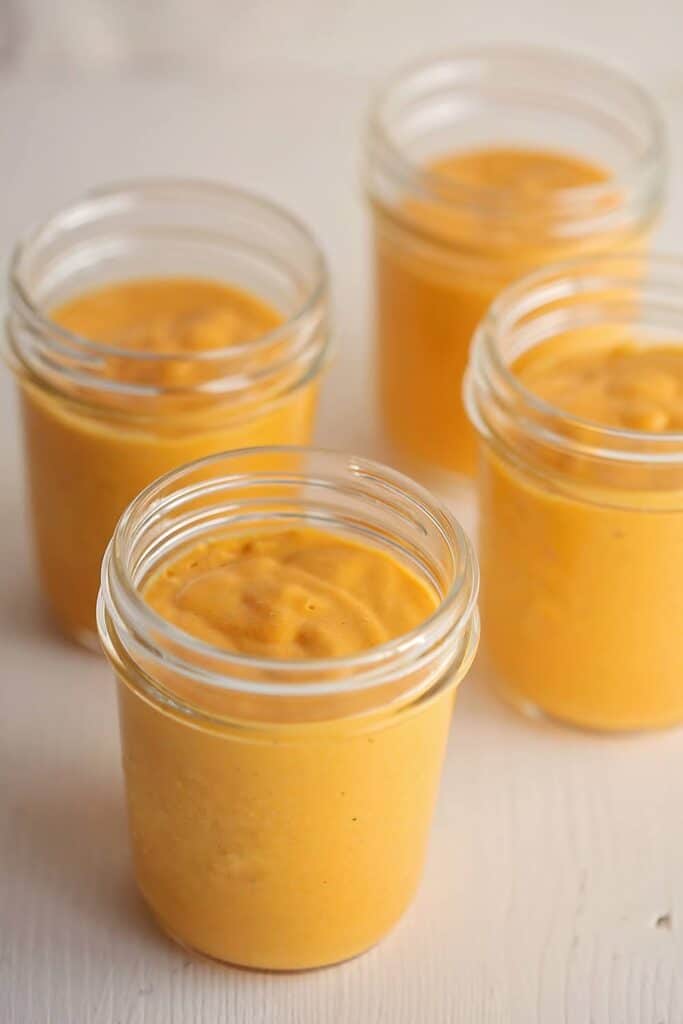
Add a pinch of turmeric goodness to your smoothies. Blend your favorite fruits, squeeze some citrus juice, and add black pepper to the mix.
It will make a refreshing smoothie with beautiful and appetizing colors.
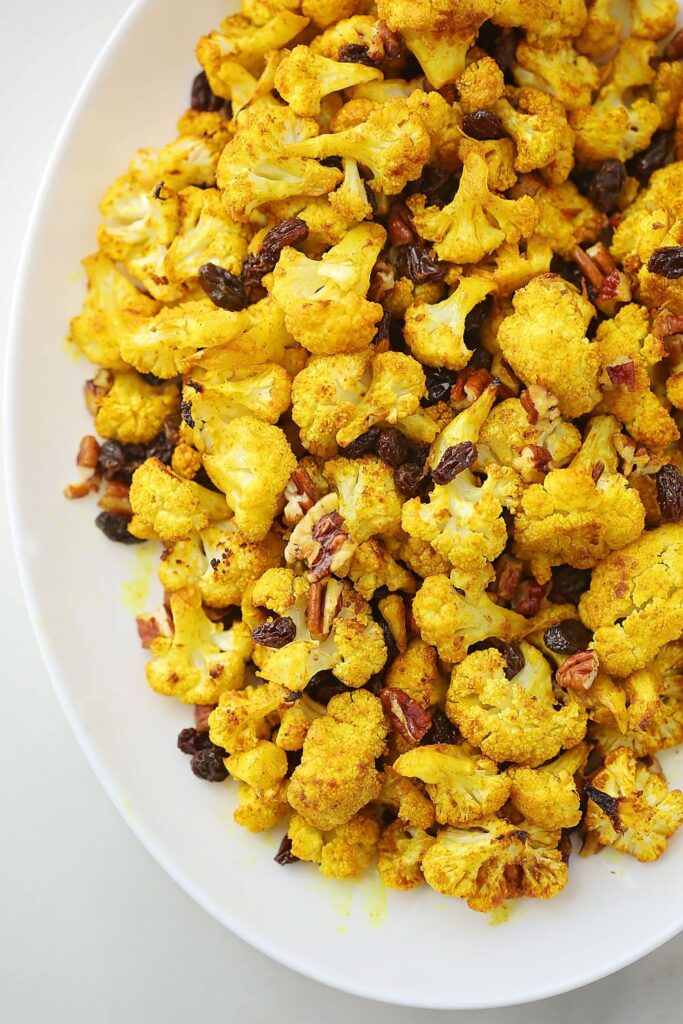
Enjoy your vegetables with a hint of turmeric. Before putting it in the oven, sprinkle turmeric on your sweet potatoes, carrots, or cauliflowers.
You’ll get that warm, peppery flavor and turn ordinary roasted vegetables into a little feast.
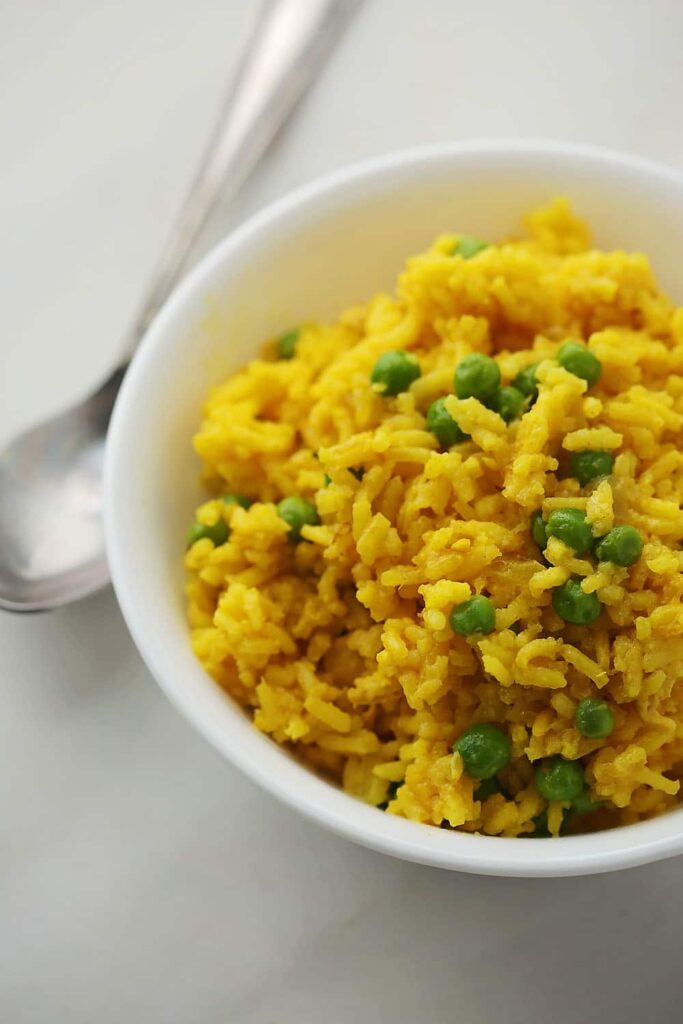
Why have plain rice when you can enjoy turmeric flavors in it? Add turmeric to your pilaf or cauliflower rice for an instant flavor boost.
Aside from making tastier and more interesting-looking rice, it will be more fragrant and complement many dishes.

Putting turmeric in your milk may seem strange if you’ve never tried it. However, this golden spice can be a delicious addition to any regular or plant-based milk you prefer.
Don’t forget to add cinnamon, nutmeg, honey, or ginger to your golden milk for a soothing, nutritious concoction.
The warm spice of turmeric blends beautifully with tea, coffee, and other warm beverages. Make turmeric tea by steeping the powder or grating fresh turmeric root in hot water.
Drizzle honey or squeeze some lemon juice to make it taste better. Add a pinch of turmeric to your morning latte for an extra kick.
Put a unique spin on your breakfast eggs by adding turmeric. It will give them that nice yellow-eggy color and add warmth and spice.
Try it on your egg salad or scrambled eggs, but just a pinch so it doesn’t overwhelm the egg taste.
Are you making cream pasta? For that creamy, spicy, savory flavor, give it a turmeric twist.
You can add it to your mac and cheese for that natural yellow cheese flavor, too.
Make your salad more colorful by adding turmeric to your salad dressing. Mix a small amount of turmeric with olive oil, apple cider vinegar, and honey, and you have a simple but nutrient-loaded salad dressing.
Adding ground turmeric to your dips and spreads will make them more flavorful and colorful. Try it with garlic, chickpeas, cumin, and lemon.
It will also go well with coconut milk, maple syrup, cream cheese, and nacho cheese spreads.
Turn your regular stir fries into something more mouthwatering. Cook your veggies in coconut oil and blend spices like cumin, chili, and turmeric for that flavorful combination.
Only use a small amount of turmeric powder when cooking, usually just a teaspoon or even less.
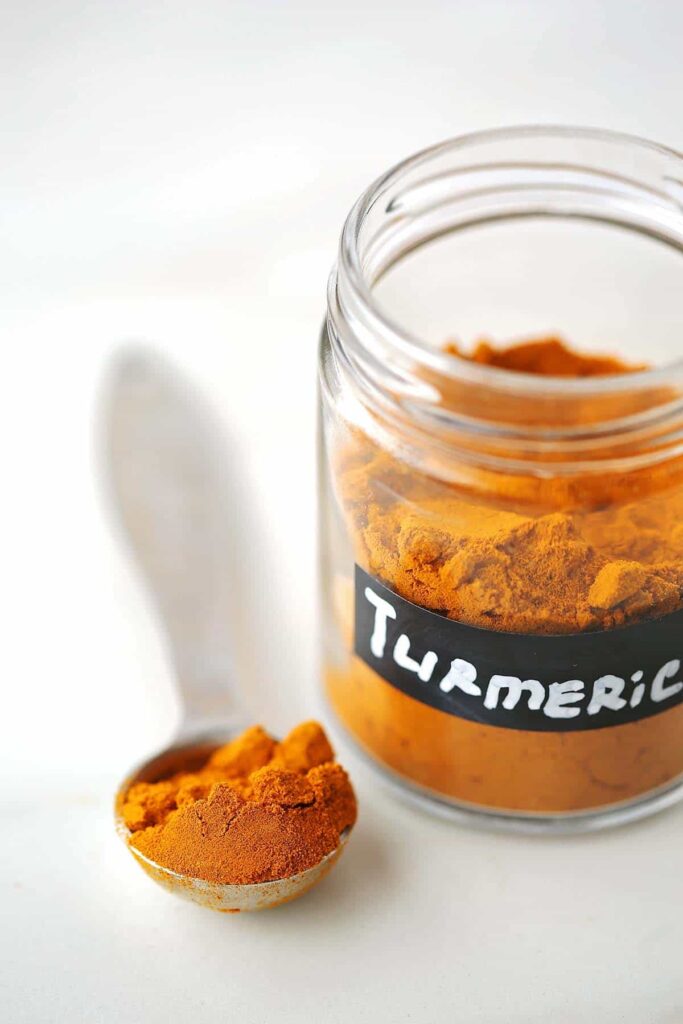
Biryani is a popular rice and vegetable dish that uses turmeric. You serve it typically with yogurt as a side.
Curries also include turmeric as one of their main ingredients, regardless of what type of curry it is.
Another popular Indian dish that uses turmeric is Tikka Masala, which is usually served with naan or rice.
Lentil soups make a comforting meal, and they usually have turmeric, cumin, and other spices.
You also use turmeric in roasted cauliflowers, hummus, and smoothie bowls. Add turmeric, too, to your spice rubs for grilled fish.
The strong turmeric taste can be adjusted to make it taste better.
For instance, you can combine it with cayenne pepper, cumin, oregano, garlic, or parsley.
Use a dollop of honey and a squeeze of lemon for teas and tonics.
You may also consider adding lime juice, vinegar, or yogurt. These acidic elements help offset the bitter taste of turmeric.
Try using hot chocolate, tomato juice, orange juice, cinnamon, and other spices, too.
Just be careful not to affect your dish’s overall flavor profile, so pick the best ingredient that best complements turmeric.
Turmeric taste is usually described as an earthy, pepper flavor with a taste that’s similar to mustard.
Yes, the bold yellow pigments of turmeric can stain and turn your teeth yellow over time.
Turmeric can stain clothes, kitchen utensils, and more, so be careful when handling it.
While turmeric is not a spicy herb, it has a slightly bitter flavor and strong peppery spice. Add it to your recipes that require a savory or spicy taste.
Yes, aside from enhancing the flavor of your coffee with spice, it also has some benefits.
No. It’s similar to curry in that it adds color and flavor to a dish. But the taste of turmeric is slightly bitter.
But you can combine turmeric with ginger, coriander, and cumin to achieve a curry-like taste. Moreover, you can add sweet vegetables or fruits or an acidic ingredient like vinegar or lemon juice.
Now that we’ve answered the question “What does turmeric taste like?” are you ready to add this versatile spice to your cooking? It’s popular in many cuisines and recipes for good reason!
It will be a potent addition to your recipes because of its unique flavor and health benefits. So stock up on some turmeric and make sure they’re always present in your spice racks!





